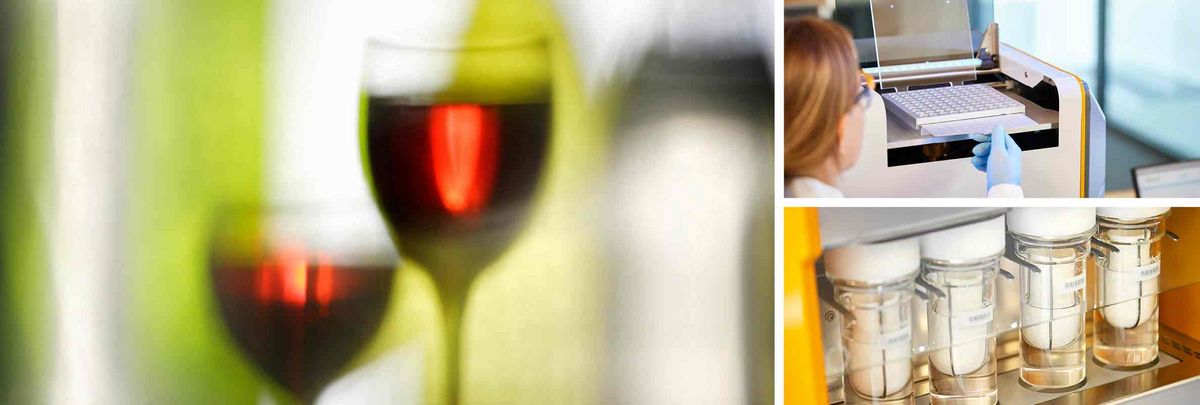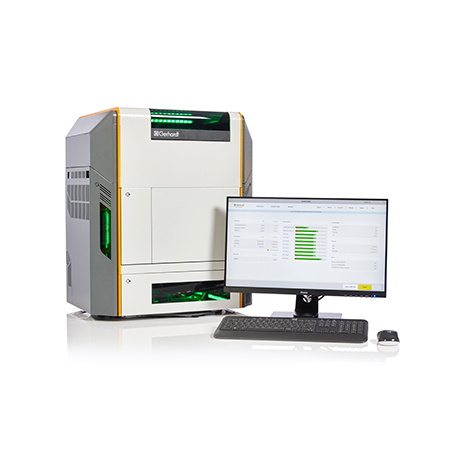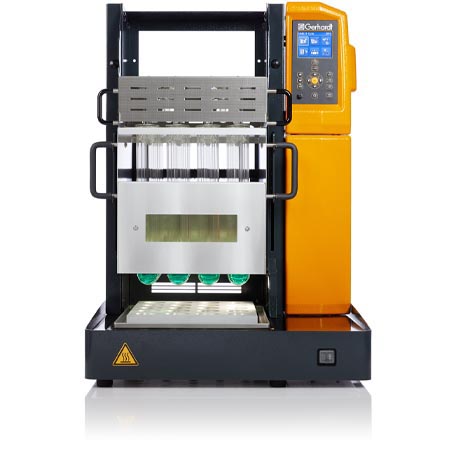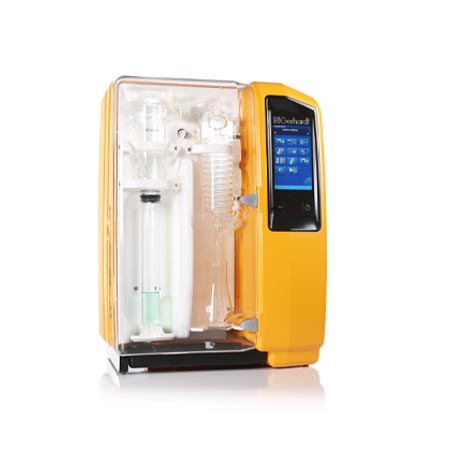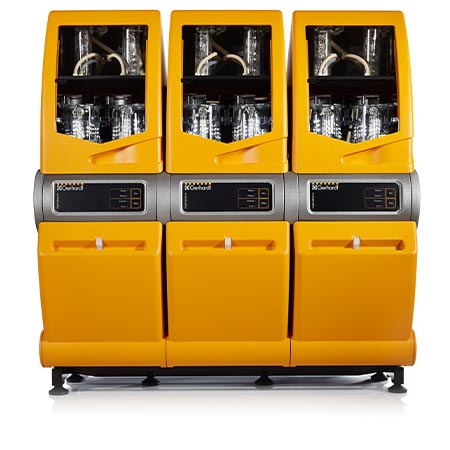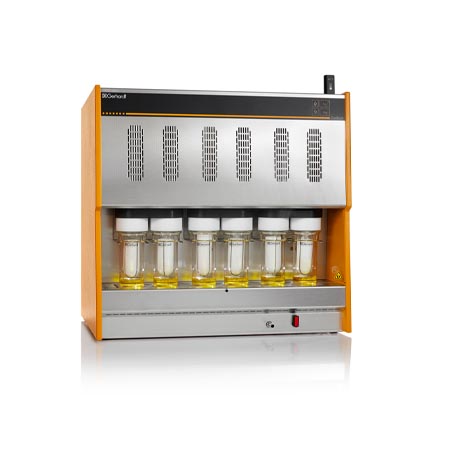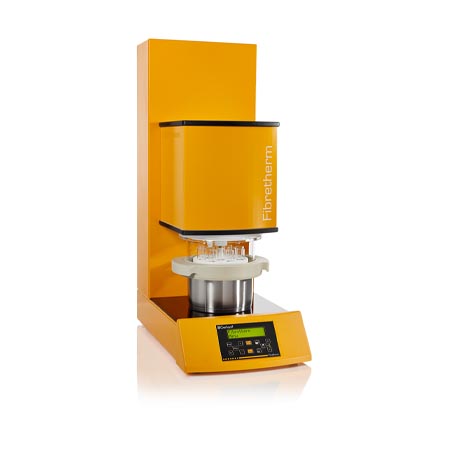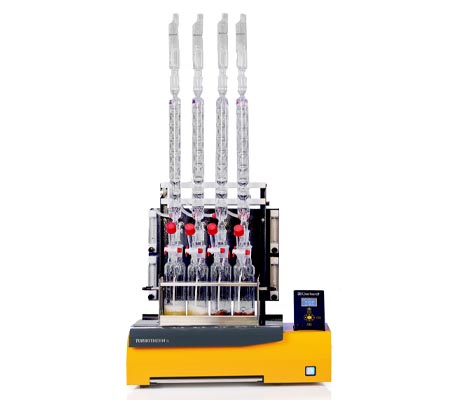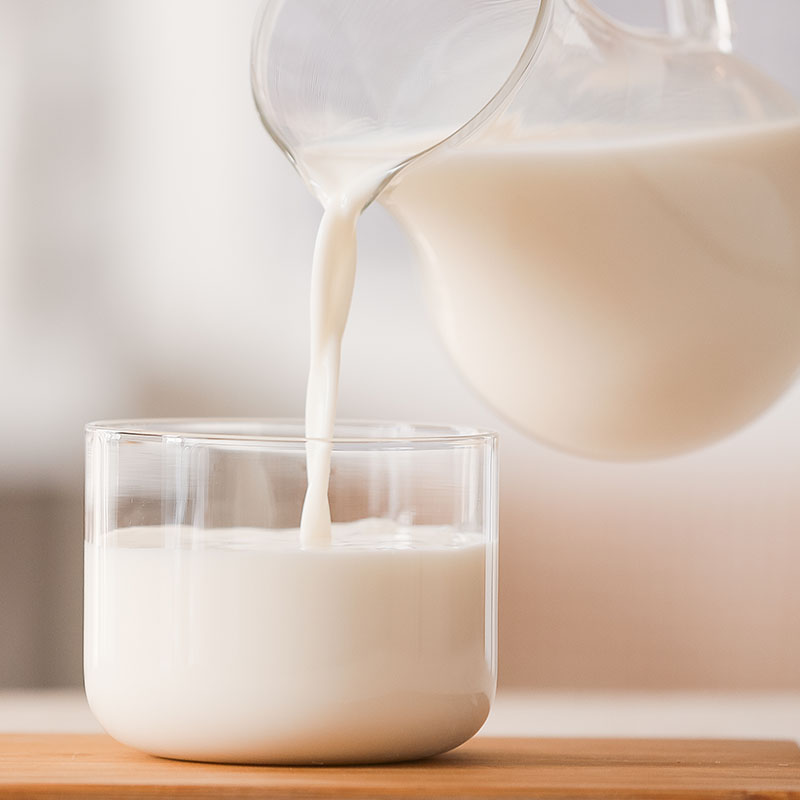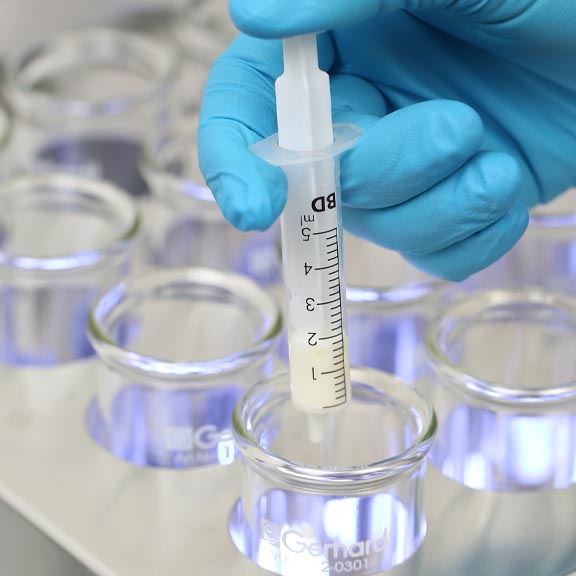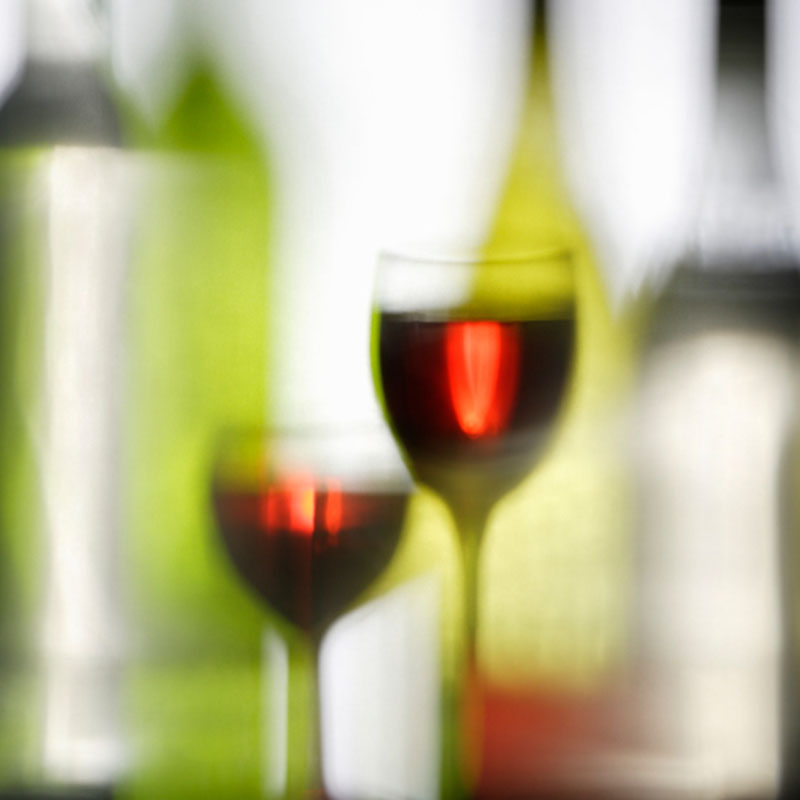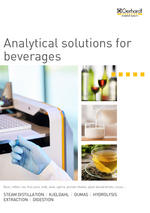Drinks are omnipresent in our everyday lives. They quench our thirst or serve as a food or stimulant. There are non-alcoholic and alcoholic beverages, hot drinks and soft drinks. From beer and tea to milk and plant-based drinks - the variety is huge. As the consistency and composition of beverages vary, different sample parameters are the focus of analysis.
Demands on alcoholic beverages such as beer and wine
The most important alcoholic beverages include beer, wine and spirits. The analytics of beer are generally based on the demands of "Mitteleuropäische Brautechnische Analysenkomission e. V.". The MEBAK e. V. specifies methods for nitrogen determination and describes the determination of alcohol and phenol content by distillation. The proportion of fermentation by-products such as vicinal diketones and preservatives such as sulphur dioxide are also of interest when analysing beer. To ensure that beer is fat-free, it is also worth analysing the fat content.
The methods for analysing wine are specified by the International Organisation of Vine and Wine. The OIV provides information on nitrogen analysis according to Dumas and Kjeldahl. It also standardises the determination of alcohol content and the proportion of volatile acids in wine. Other important preservatives in wine are sorbic acid and SO2. Due to legally defined limit values, laboratories must regularly check their content.
Analysing milk, fruit juices and hot drinks
Milk, unlike stimulants such as beer and wine, is considered a foodstuff. Milk and dairy products can also be analysed for various sample parameters. Particular attention is paid here to analysing protein and fat content. This also applies to plant-based drinks such as oat and soya drinks.
The "German Institute for Standardisation" DIN, the "International Organisation for Standardization" ISO and the "Federal Office of Consumer Protection and Food Safety" BVL are dedicated to milk analysis. In addition to protein and fat content, nitrogen, non-protein nitrogen and sorbic acid content are of interest. This is done according to Kjeldahl and Dumas or with the help of steam distillation.
The category of soft drinks includes fruit juice drinks, fruit spritzers, lemonades and fizzy drinks. In the case of fruit juice the proportion of essential oils can be analysed and SO2 also plays an important role here.
We consume tea, coffee and cocoa as hot drinks based on powders and dried herbs. The crude fibre content is of particular interest here. In the case of coffee and cocoa, however, nitrogen and fat content can also be determined.
Each beverage sample requires a specific method of analysis. C. Gerhardt rises to the challenge and provides various solutions.
We are broadly positioned, especially in the field of nitrogen and protein analysis. We offer partially and fully automated solutions according to Kjeldahl and Dumas and therefore meet various requirements. With our systems, you can also carry out every step of fat analysis according to Weibull-Stoldt - from hydrolysis to solid-liquid extraction. We are also specialists in the field of fibre extraction. From crude fibre to ADF and NDF, we cover it all.
We have also developed special applications for sulphur dioxide analysis. Here we offer a space-saving alternative to the optimised Monier-Williams method on the one hand and a particularly time-saving method with our VAPODEST systems on the other. As you can see, we are prepared to meet different needs and provide the right solution for you.
Please feel free to click through our website and familiarise yourself with our product portfolio. If you have any questions or would like advice, please do not hesitate to contact us.

